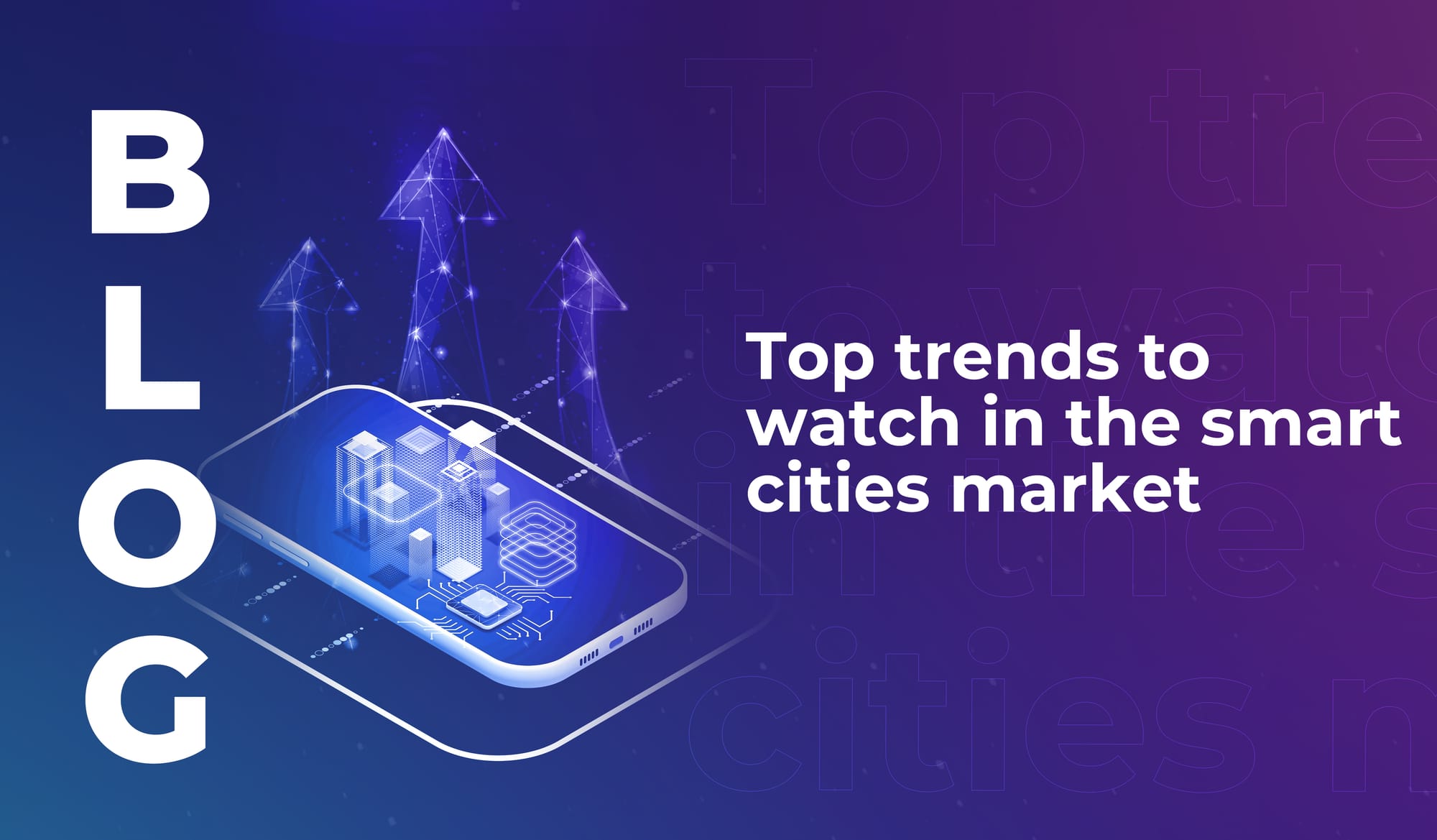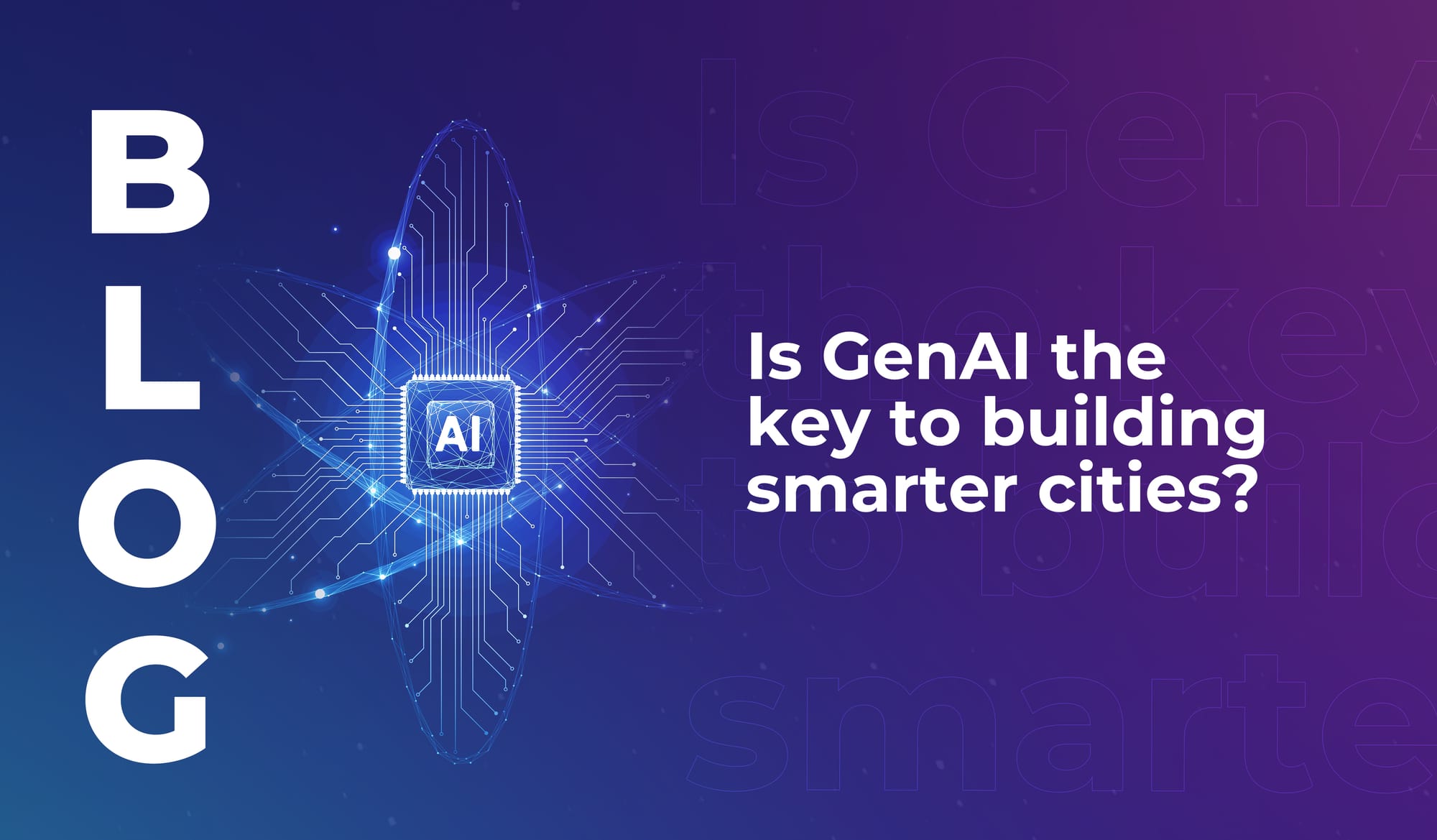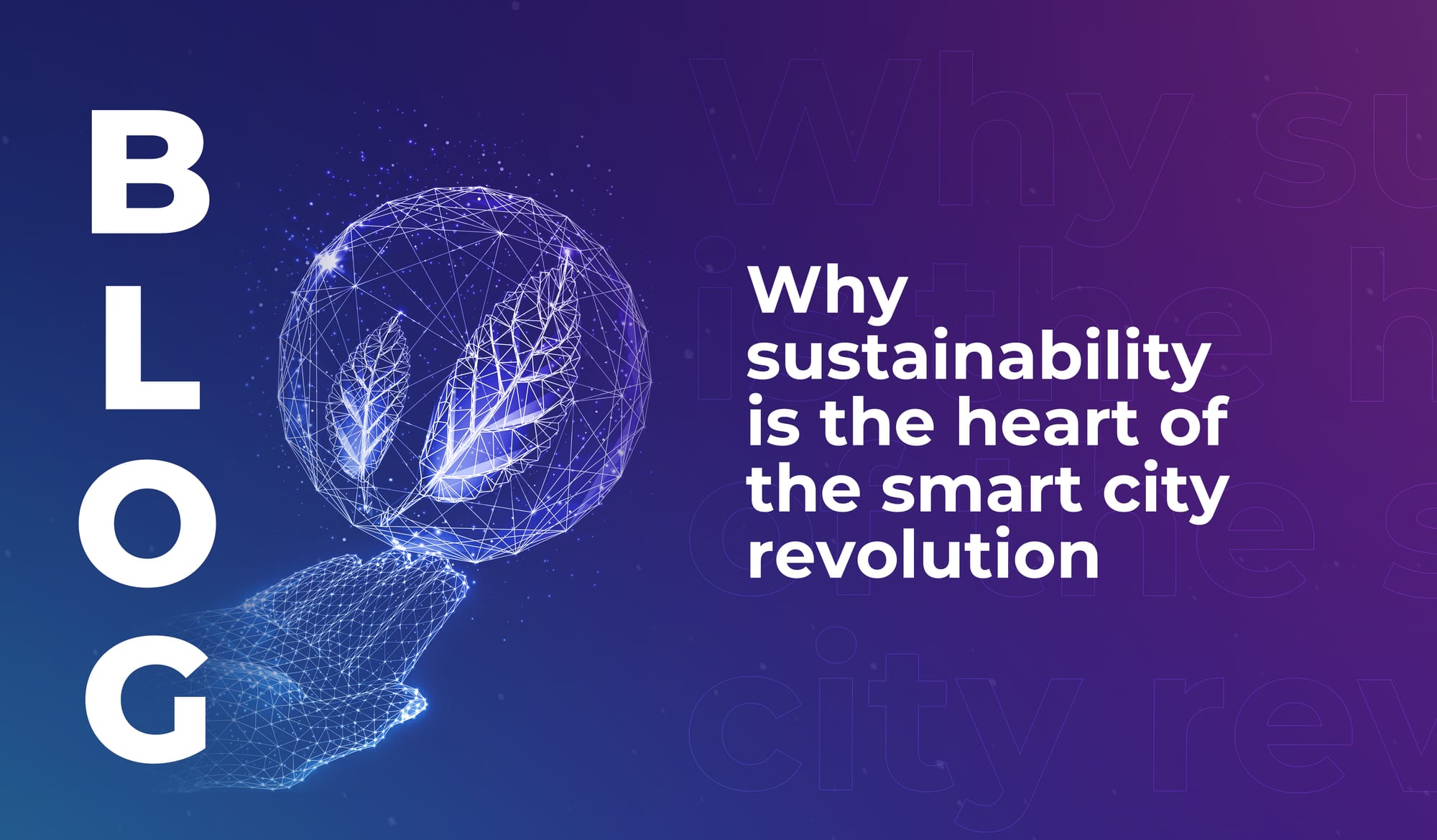
Top trends to watch in the smart cities market
Explore key smart city market trends for 2025–2030, from EV infrastructure to AI-powered waste systems – backed by the latest industry report.


When it comes to learning, not all parts of the world are equal. According to a 2018 report by UNESCO – the UN’s education body – 258 million young people were excluded from education, with poverty as the main obstacle to access. Most of those were based in south and central Asia and sub-Saharan Africa.
But, increasingly, it looks like digital learning resources might be able to help. The rise of technology in schools and universities is being seen by many as the future of education – and a way to help level the playing field in terms of global inequality. To find out how the use of technology in education is helping to redress the balance, we spoke to Dr Nicos Nicolaou. He’s the CEO of UNICAF – which was set up to help increase access to higher education in Africa through online learning – and which has provided almost $30m in scholarships to students in sub-Saharan Africa since 2012. Here are the six ways it’s helping to level the playing field.
1. It’s making education cheaper
One of the biggest costs of education is the facilities. But online learning removes the need for physical buildings and all the related costs, making it far cheaper to provide. “I think it’s very feasible that online education will remove the global education gap, because it’s driving prices down,” says Nicolaou. “Look at a traditional university’s budget: a big chunk of it goes on facilities – and that’s now removed from the equation.”
2. Tech innovation can reach those that traditional learning misses
When your approach to learning involves combining technology and education, it allows you a flexibility that can reach previously untapped students. There’s no need to travel. There’s not even the need for a computer or reliable internet connectivity, given that UNICAF have designed courses that can entirely be accessed on mobile phones, downloaded and then accessed offline. “We have students who graduate, having done everything using their mobile phone,” says Nicolaou. “We have to be very innovative in how to use the technology to provide these opportunities.”
3. It massively increases the number of available places
There’s a limit to how many students can be taught by a physical educational institution. With online, digital learning that number is far higher. “Take Nigeria as an example: they have 1.7 million students taking national exams to go into university, but there are only 500,000 seats at their universities, so 1.2million students each year don’t have access,” says Nicolaou. “They would need to build thousands of universities to meet that demand. The only way you can easily satisfy that need is through online education.”
4. It gives developing countries access to world-class teaching
Traditionally, students in the developing world could only access professors from places like Harvard if they emigrated to the US or their local university persuaded the academic to relocate. But online learning portals can recruit top talent from around the globe and allow them to teach from their own home. It hugely improves the quality of tuition available to students in the developing world. Or as Nicolaou puts it: “We’re not limited geographically – I can hire anybody in the world to teach topics, no matter how specialist.”
5. It’s personalised in a way physical teaching can never be
AI’s education usage means digital learning can be tailored to help individuals in a way that’s impossible with one teacher catering to a group of students. Thanks to artificial intelligence’s education applications, it’s possible to predict which students need added tuition, or use data to see which parts of the course are proving problematic – and to change them for the better. “We’re constantly optimising the learning material and the technology,” says Nicolaou. “It’s all based on the analytics we get from our AI software.”
6. It makes specialisms a reality
Even when students are able to access education, the options available in their local region are often only the kind of mass appeal subjects that institutions know they’ll fill. This can prevent people from learning specialist fields in developing countries. Hence the beauty of online learning, which can offer specialist courses as it has a global pool of students it can fill them with.
“It’s not just about the opportunity to study for a degree, it’s having the opportunity to study for a specific degree,” says Nicolaou. “Online learning creates opportunities that students wouldn’t have otherwise. It will offer them more programmes. And, eventually, it will close the education gap.”

Explore key smart city market trends for 2025–2030, from EV infrastructure to AI-powered waste systems – backed by the latest industry report.

Learn how generative AI is unlocking the true potential of digital twins – to make smart cities more efficient, inclusive, and citizen-focused.

The smart cities of the future will use tech to lower emissions, cut urban temperatures, and improve quality of life in highly populated areas.

Explore key smart city market trends for 2025–2030, from EV infrastructure to AI-powered waste systems – backed by the latest industry report.

Learn how generative AI is unlocking the true potential of digital twins – to make smart cities more efficient, inclusive, and citizen-focused.

The smart cities of the future will use tech to lower emissions, cut urban temperatures, and improve quality of life in highly populated areas.